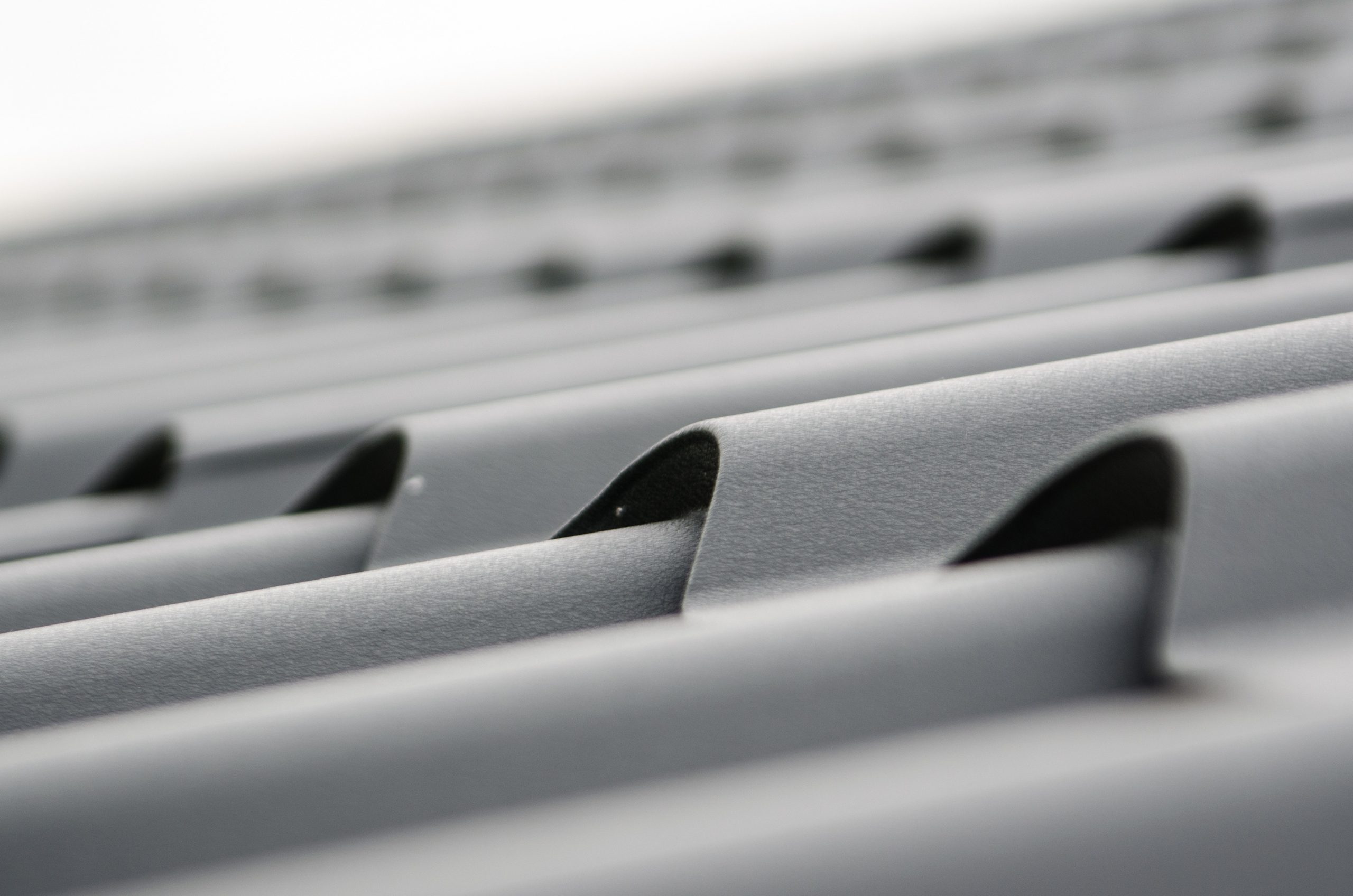If you’re thinking about getting a new roof or even just looking to get your roof serviced, you may be apprehensive about starting the process. This may be due to roofing myths that have shaken your confidence and faith in roofing service providers.
We’d like to take this opportunity to dispel the rumors and debunk the myths when it comes to roofing! RB Farina Roofing has been in operation for over 35 years, and we’ve seen roofs in all types of conditions with all types of problems. We can confidently tell you what is true and what is false when it comes to roofing service.
Walking on a Roof Will Damage It
One of the most common roofing myths is that the average human’s weight will damage a roof and jeopardize its integrity, simply by walking on it. It is possible to damage a roof if care and precaution are not kept when walking on it. But, it’s certainly fine to walk on a roof when the occasion calls for it.
There are inherent dangers when walking on a roof. It should be noted that it’s best to have a professional roofer investigate and service any roofing issues. One obvious roofing danger comes with navigating heights. Roofers operate at heights for decades, and they have the confidence and spatial awareness not to slip off an edge.
People who are not used to heights can get anxious and experience vertigo. Disorientation can be very dangerous when on a roof. If any individual is not confident in their abilities to mentally handle heights, they should never be on a roof.
A roof that is aged or has visible damage should not be walked on by a non-professional. Rotten wood and compromised asphalt shingles can break. It could potentially be very dangerous for someone to walk on a roof that has the chance to give-way.
If you find yourself on a roof that is stable and well-maintained, you shouldn’t concern yourself. You would have to TRY to damage a new or well-maintained roof by jumping or stomping on it. Whether you’re hanging up seasonal Christmas lights or cleaning gutters, your healthy roof can handle someone walking on it.
You Can Put New Shingles Over Older Ones
This is far from the truth. NO, you should not ever position new shingles over older shingles. If any professional ever suggests this to you as a service, relieve them of their duties on the spot. It’s remarkable that this idea was ever shared around enough to become a common roofing myth, but sadly it is.
Shingles are not the only consideration or new material installed on your roof when it first goes up. For example, before standard asphalt shingles are installed on a roof, the sheathing and underpayment (sometimes called underlay membrane) must be in proper condition. If either of these components is damaged, your roof will not be leak-proof and will end up costing you lots of money in repairs. That is just a simple example, but there are many more considerations when it comes to installing shingles. It should never be a serious suggestion to put new shingles “on top” of old ones.
If you own a commercial property, consider these 4 common commercial roof types when you next service your roof!
Metal Roofs Stop Ice Dams From Forming
As nice as it would be, metal roofing doesn’t prevent the formation of ice dams. It is merely a roofing myth that metal roofs can defeat the conditions winter throws at us and keep ice formations from gathering. That does not mean that metal roofing isn’t a great roofing material for your property.
Ice dams are large formations of ice that create a ridge-like hump on the edges of your roof. Once they form, proper drainage and clearing of debris may completely stop functioning. This leads to larger problems with the roof and home. Ice dams need to be prevented as best as possible in regions that experience winter weather.
Ice dams form because of accumulating snow on your roof. This snow will melt where it is packed in because of the residual heat your home/roof produces. The melting snow quickly refreezes as it loses heat and slides down your roof, freezing at the edges and in the gutter. Some of the most impressive icicles form because of this process.
There are no “silver bullet” solutions for ice dams. No matter the roofing style or material, ice can collect on your roof and form problems. Luckily, good ventilation and roofing insulation can prevent ice dams from happening.
A Roof Without Leaks Is In Perfect Condition
This may be the myth we hear the most out of all the roofing myths in existence. The idea that if you cannot see leaks on your ceiling, dripping onto your carpet, your roof must be fine. This rumor is far from true, and it’s something many people regret buying into.
Firstly, you may have holes in your roof, doing plenty of damage to your home, but you may not be able to see that damage until it’s far too late. Unless you’re consistently inspecting your attic, crawlspaces, or ceiling corners, chances are you’re not going to notice a leak until it’s a BIG leak in your roof.
Also, not all damage to your roof will cause leaks. Sure, leaks are the result of roofing issues, but other damage may be occurring as well. There may be an access hole into your roof from some trim that pests enter into and starting nesting. You may have a gutter that is not draining properly and causing issues for your home and landscaping. A roof in poor condition will cause many problems, and leaks are just a few of them.
Contact us to make sure your roof is in great condition.


